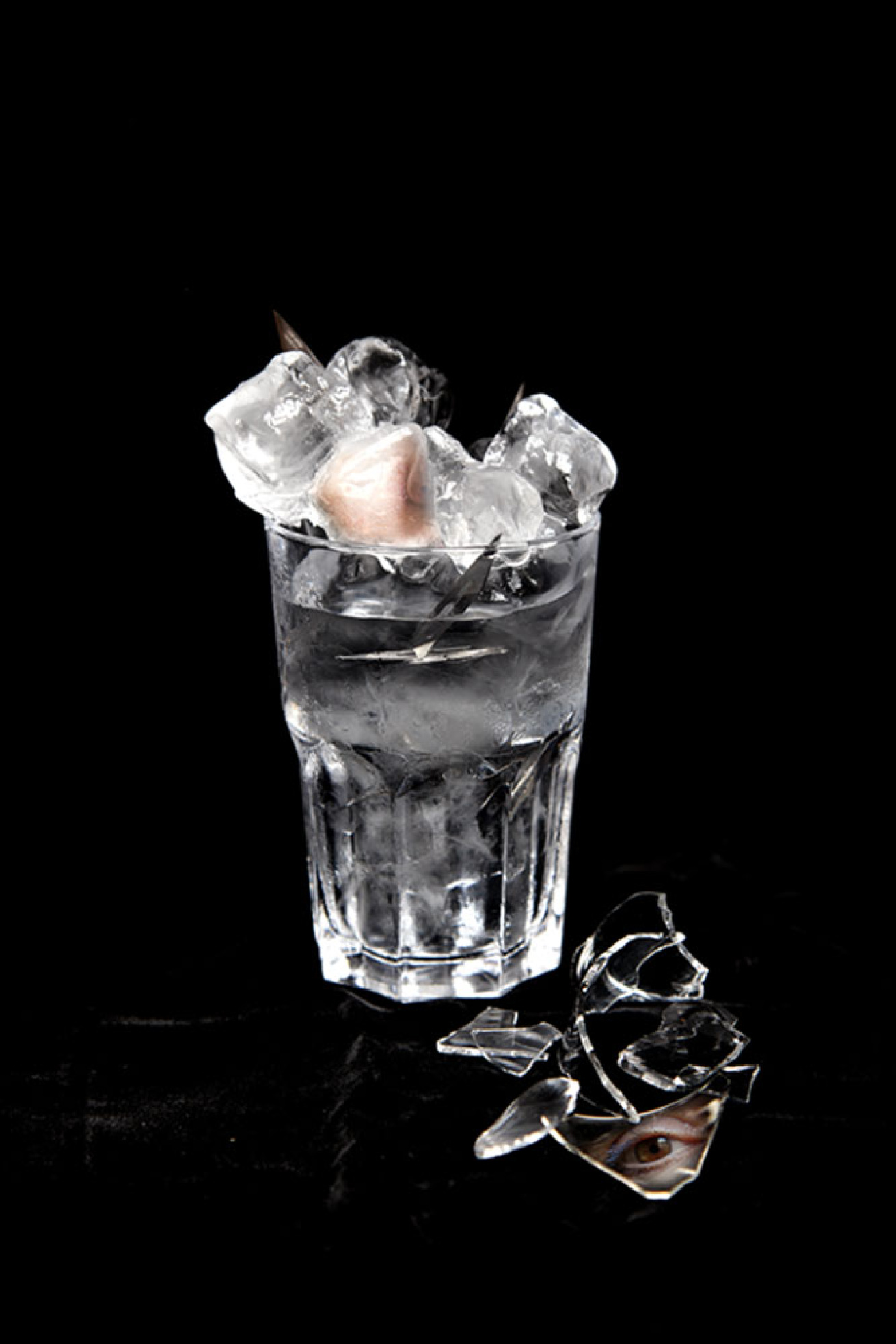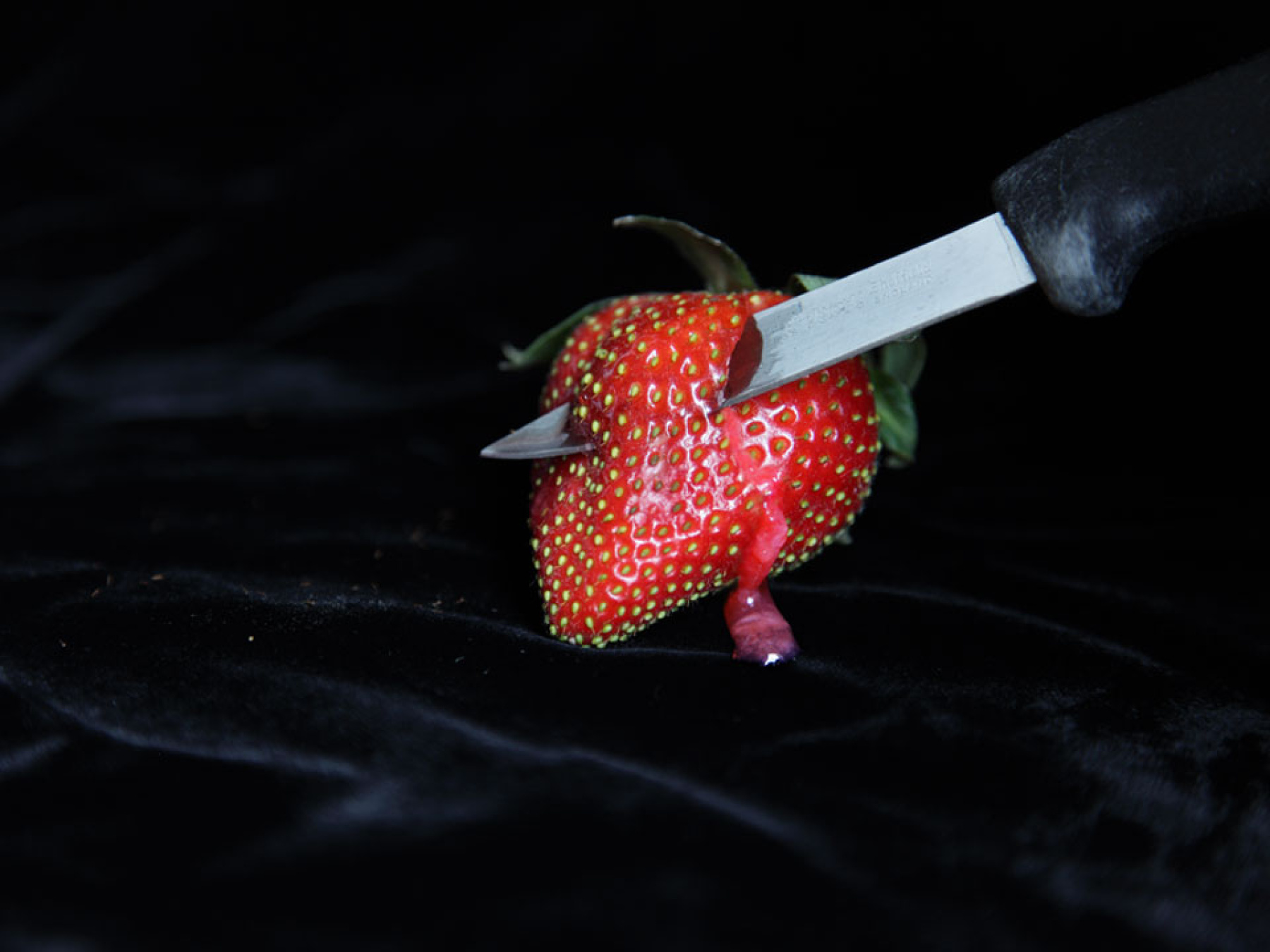Deborah Padfield
Mask:mirror:membrane
This thesis explores how photographic images can expand pain dialogue in the consulting room to include aspects of experience frequently omitted using traditional measures.
Featured Media




Pain is difficult to communicate and constrict into the verbal or numerical scales commonly used. This thesis explores how photographic images can expand pain dialogue in the consulting room to include aspects of experience frequently omitted using traditional measures.
It draws on material generated by the face2face project, a collaboration with facial pain specialist Professor Joanna Zakrzewska and clinicians and patients from University College London Hospitals. The project has many strands: art workshops for clinicians and patients to attend together; the co-creation of photographs with facial pain patients reflecting their experience at different points in their treatment journey; the creation of an image resource developed as an innovative communication tool for clinical use; and an artist’s film focusing on doctor-patient dialogue and the role of narrative.
The thesis argues that photographs of pain placed between patient and clinician can trigger more negotiated dialogue in the consulting room. It presents the co-creation of ‘pain portraits’ with pain sufferers as part of a Fine Art practice, extending the boundaries of what is considered Fine Art by shifting the power-dynamics inherent within the act of portraiture. Through shared control of the lens and a negotiated aesthetic, pain sufferers retain control of how their pain is visualised, instead of being on the passive receiving end of a medical/photographic gaze.
The thesis explores and questions the specificities of photography as a particularly apposite medium for this work. It validates and makes visible the invisible subjective experience of pain, addressing its incommunicable nature. Semiotic and metaphoric analyses of the material reveal the possibility of a developing inter-subjective and trans-cultural iconography for pain. The thesis aims to demonstrate that not only is medicine capable of providing new material for the gallery space, but art is capable of bringing new knowledge into the consulting space.